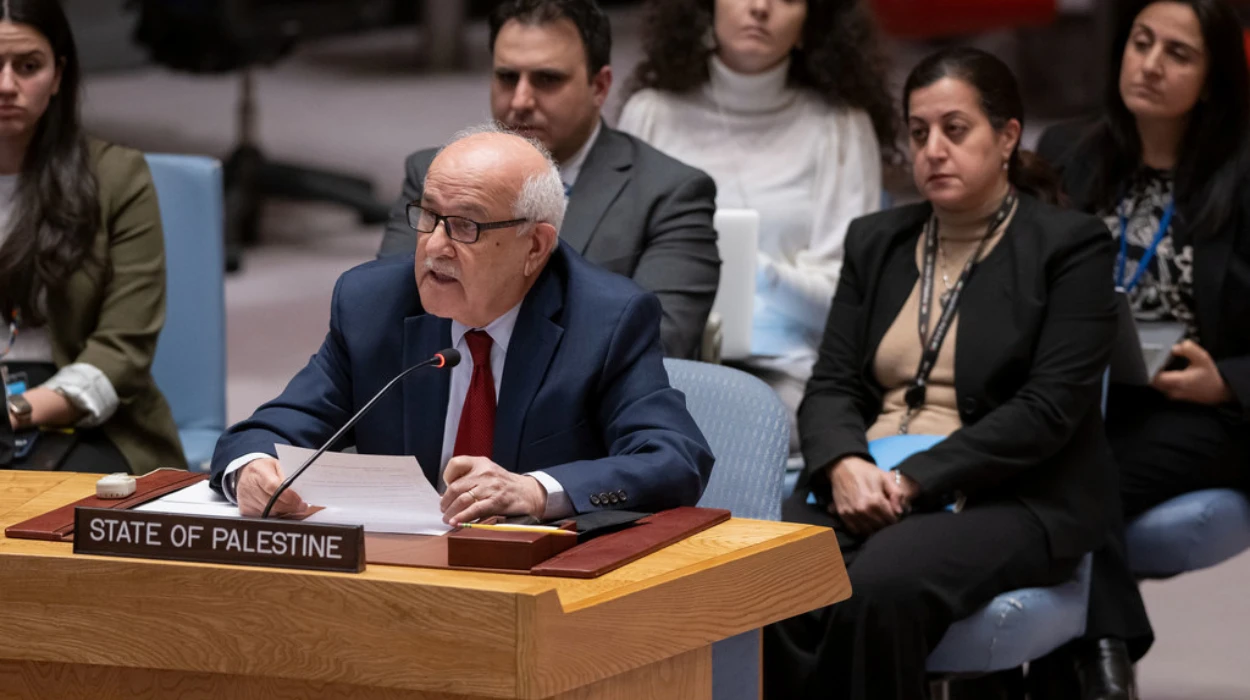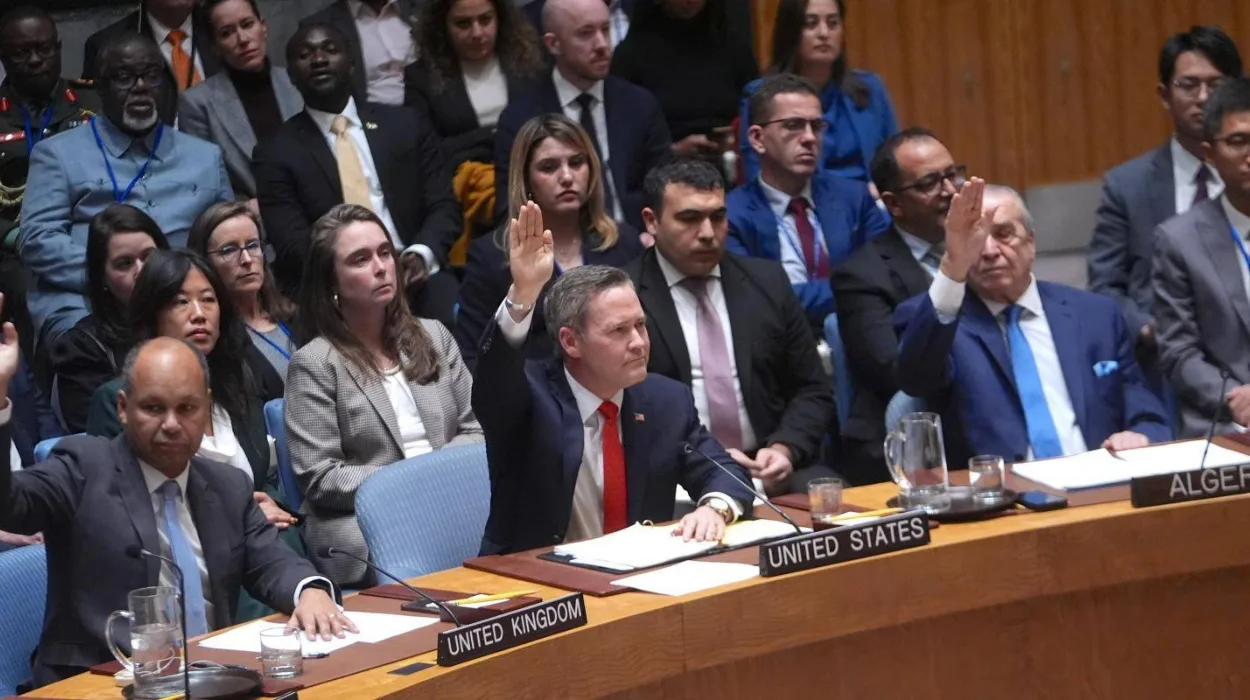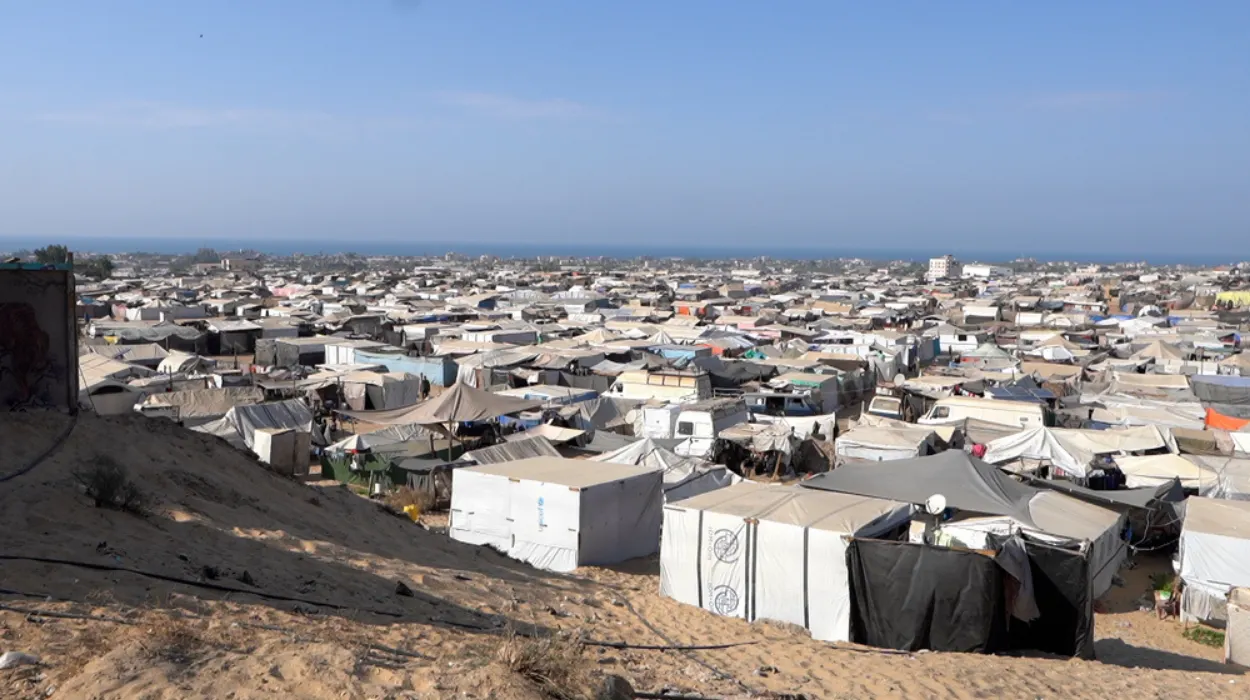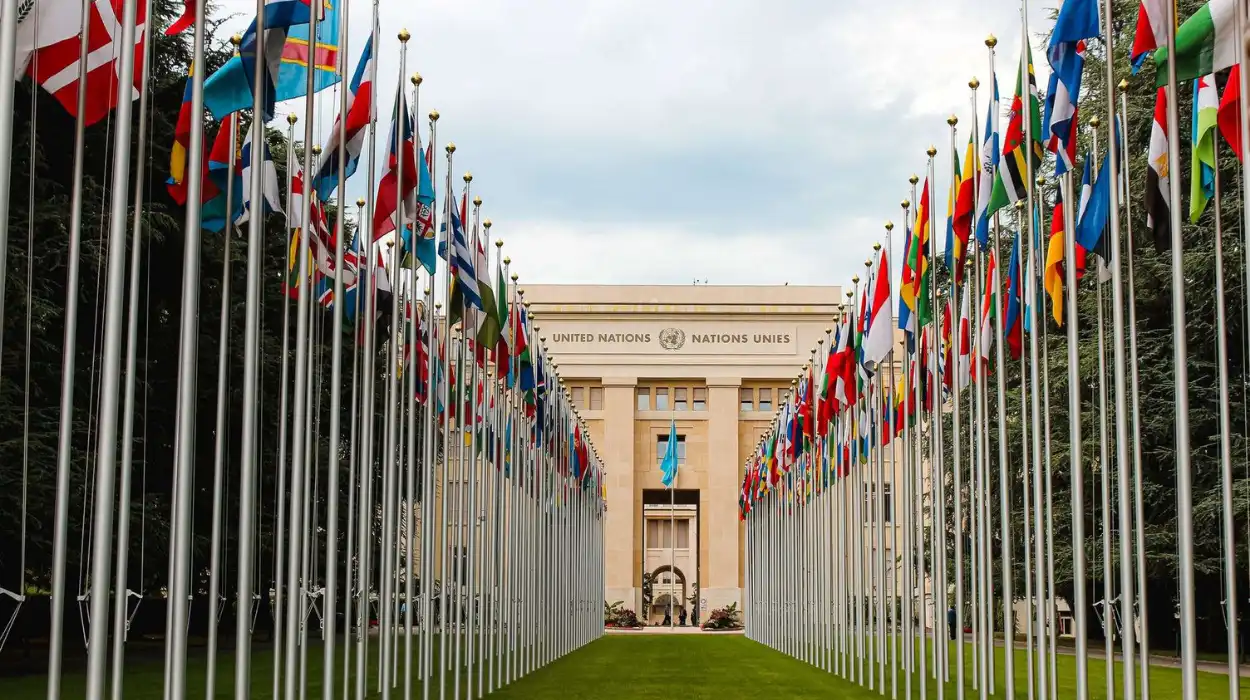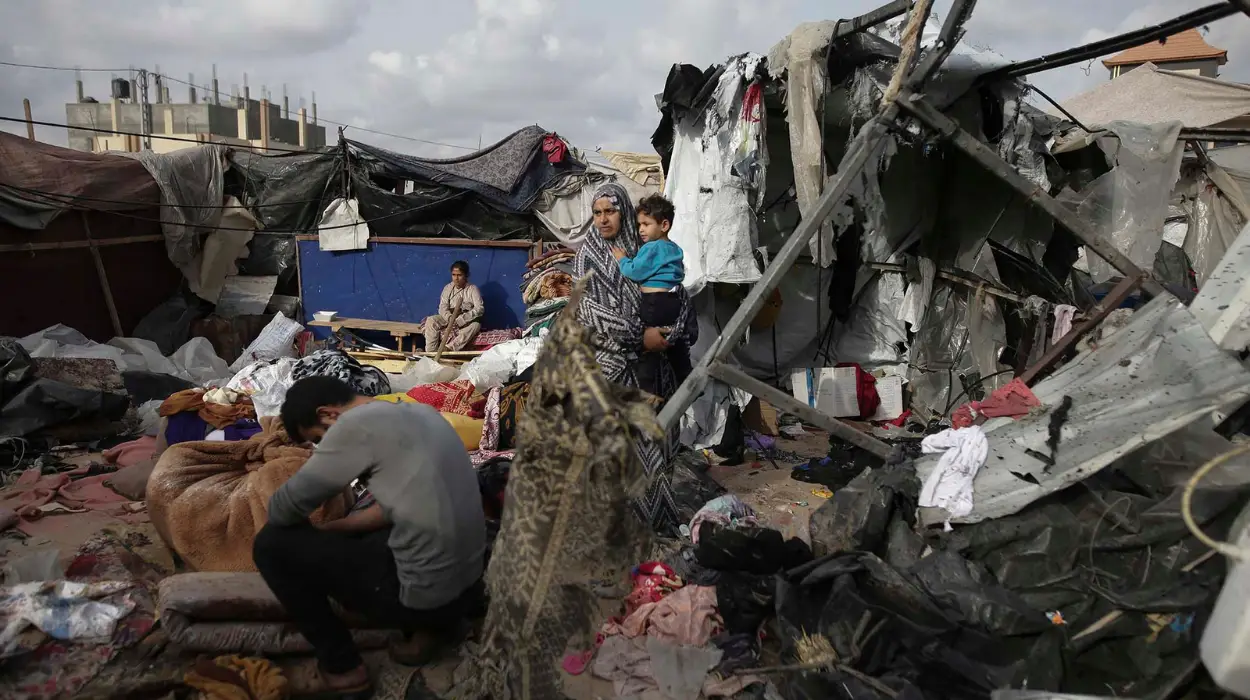In July 2025, the UN Security Council finds itself at a new fork on the path of unilaterally lifting the sanction on Syria, which has already been in place for many years. The collapse of the Assad regime in December 2024 and the rise of a transitional government consisting of various forces, among which were representatives of the so-called Hayat Tahrir al-Sham and the Syrian Democratic Forces, has altered the situation in Syria in the political aspect. But the sanctions put in place in over ten years of war are partially still in place.
The sanctions architecture has been under additional review after the government of Assad failed to curb the extremist threats and initially targeted systemic abuses in the government. As a result of the council being unable to come to an agreement, the normalization efforts have slowed down and the implementation of comprehensive recovery resources has been hampered. This impasse raises broader questions about the Security Council’s functionality, the adaptability of sanctions in post-conflict settings, and the prospects for Syria’s future.
Evolution of Syria’s Sanctions and International Policy Response
Origins and Expansion of the Sanctions Regime
Massive suppression of civilians, the usage of chemical weapons, along with the alignment of forces to listed terror groups led to the imposing of the UN and national sanctions on Syria in the course of the civil war. Such actions incorporated embargo on arms, financial blacklists, travel bans as well as restriction in trade on sectors.
Although universal agreement on the use of sanctions was high initially, this changed as the use of sanctions led to a high level of civilian hardships. Sanctions were criticized by the rights groups and the UN agencies in collateral damage especially in humanitarian as well as economic fronts.
2025 Moves Toward Sanctions Relief
With the formation of an internationally recognized interim administration in early 2025, key actors began adjusting their positions. The United States, under President Donald Trump’s second administration, announced executive orders removing major financial and trade restrictions on Syrian entities. Waivers under the Caesar Act allowed for foreign investment in infrastructure, and over 500 individuals were delisted by the U.S. Treasury.
The European Union, the United Kingdom, and Switzerland also eased economic sanctions, though restrictions tied to military technologies and chemical weapons remained. However, these national actions contrasted sharply with the Security Council’s inability to produce a unified resolution reflecting the changed Syrian political reality.
Humanitarian Realities and Incomplete Sanctions Reversal
The Continuing Crisis on the Ground
Despite regime change and partial sanctions relief, Syria’s humanitarian emergency persists. By mid-2025, over 16 million Syrians required protection or assistance. The internal displacement crisis worsened following the 2024 military shift, and aid access remained constrained.
UN data suggests over 670,000 new displacements occurred after Assad’s fall, while more than 4.5 million refugees remained outside the country. Return and recovery operations have been hampered by the infrastructure gap power, water, healthcare etc.
According to the humanitarian organizations, sanctions, which include humanitarian exemptions, have long stalled the arrival of aid as financial and logistics services providers fear the sanctions. The legal barriers have been eased but operational barriers still exist; such as the unstable cash flow, conflict related blockages on roads, and the limited trained man power.
Reconstruction Delays and Regulatory Barriers
The sanctions removal has not been able to create a lot of rebuilding momentum. One major set-back that relief agencies have cited is the presence of fragmented regulatory regimes, conflicting donor policies as well as insecurity. Such pressures make one question whether normalization in politics is becoming rare relative to the functional recovery process, and thus trust in local governance as well as in international support systems.
UN experts have cautioned against a so-called reconstruction of the country without reconciliation, which they said risks further entrenchment of inequality and more instability in the future. Consequently, the inability of the Security Council to come up with a harmonized exit plan in terms of sanctions erodes humanitarian goals that the council has expressed in public.
Divisions Among Security Council Members
Competing Visions for Conditionality
A major source of gridlock in the Security Council is the divergence over conditionality. The United States and several allies support a phased rollback, linked to milestones such as anti-terror enforcement, minority protection, and governance benchmarks. They emphasize the risks of legitimizing actors with extremist ties or weak human rights records.
Conversely, Russia, China, and several Arab League members demand full and immediate sanctions removal. They argue that the end of the Assad regime warrants a fresh diplomatic start and that delay constitutes collective punishment for civilians. These states also highlight the strategic necessity of quickly stabilizing Syria to avoid spillover risks.
The debate has spilled into financial and multilateral institutions. The IMF and World Bank remain technically constrained from lending to Syria without broader sanctions alignment, further delaying recovery capital. Gulf states have pledged support but require clarity on international consensus and financial clearance pathways.
Regional Pressures and Military Realities
The continued activity of foreign forces on Syrian soil complicates Security Council diplomacy. Israel, citing Iranian proxy activity, conducted a series of airstrikes in southern Syria in May and June 2025. Turkey remains involved along the northern border, resisting what it perceives as undue political legitimacy granted to Kurdish-aligned SDF leaders in the transitional government.
These pressures fuel skepticism among Western powers, who fear that premature normalization may embolden factions or regional actors with expansionist aims. Without a reliable enforcement mechanism, lifting sanctions could remove remaining levers of influence over sensitive security behavior.
Civilian Return and Domestic Stabilization Challenges
Displacement and Governance Gaps
Since December 2024, an estimated 1.3 million displaced Syrians have returned home, according to UNHCR. However, most returnees face uncertain conditions: destroyed homes, non-functional clinics and schools, and limited employment. Humanitarian clearance operations have found over 27,000 unexploded ordinance hazards in urban and rural areas, further slowing reintegration.
The interim administration, while broadly recognized, remains politically fragmented. Power-sharing between former adversaries, including HTS-aligned elements, raises doubts about governance durability and inclusiveness. Minority groups, particularly Christians and Alawites, have raised concerns about underrepresentation and targeted discrimination in some regions.
These domestic uncertainties have led policymakers to question whether lifting sanctions equates to enabling accountability, or merely transferring impunity from one authority to another.
The Security Council’s Credibility and Global Sanctions Norms
The Syrian case is an example of how legacy sanctions are ineffective in issues due to their dynamic post-conflict environments. The sanctions that are supposed to put pressure on any particular regime can, in due course, lose their reality to the ground politics and humanitarian concerns.
Activity rights proponents stress that there must be ongoing scrutiny based on humanitarian indicators and inclusive governance actions and international legal norms. The stagnation of sanctions or one that is not based on local circumstances will compromise the legitimacy of the sanction as well as the credibility of the security council.
Broader Lessons for Multilateralism
With incidents of gridlock continuing, the question being asked is whether the Security Council is well placed to handle post conflict transitions in a multipolar world. The Syrian sanctions conflict shows cracks between great powers, and between enforcement world view and recovery worldview as well.
All these tensions reach a boiling point in July of 2025. It may be on the basis of a UN resolution providing a staged relief, or it may be followed by nation-by-nation exemptions without international sync, and whatever choice is made in the next few months will contribute not just to the way Syria recovers, but to future models of a sanctions-based diplomacy.
The standoff also begs some basic questions of sovereignty and humanitarian protection; can sanctions uphold human rights, without any collateral damage to civilians? Is it possible to accommodate conflicting strategic interests on the Council without compromising its power?
It is not just about what the decisions are, but how flexible, conscious and broad-reaching those decisions will be, made in this precarious context. With other conflicts taking root around the world, the example of the Syrian file may well turn into the model analysis of what multilateral sanctions can accomplish and what they have to change to prevent in the first place.


